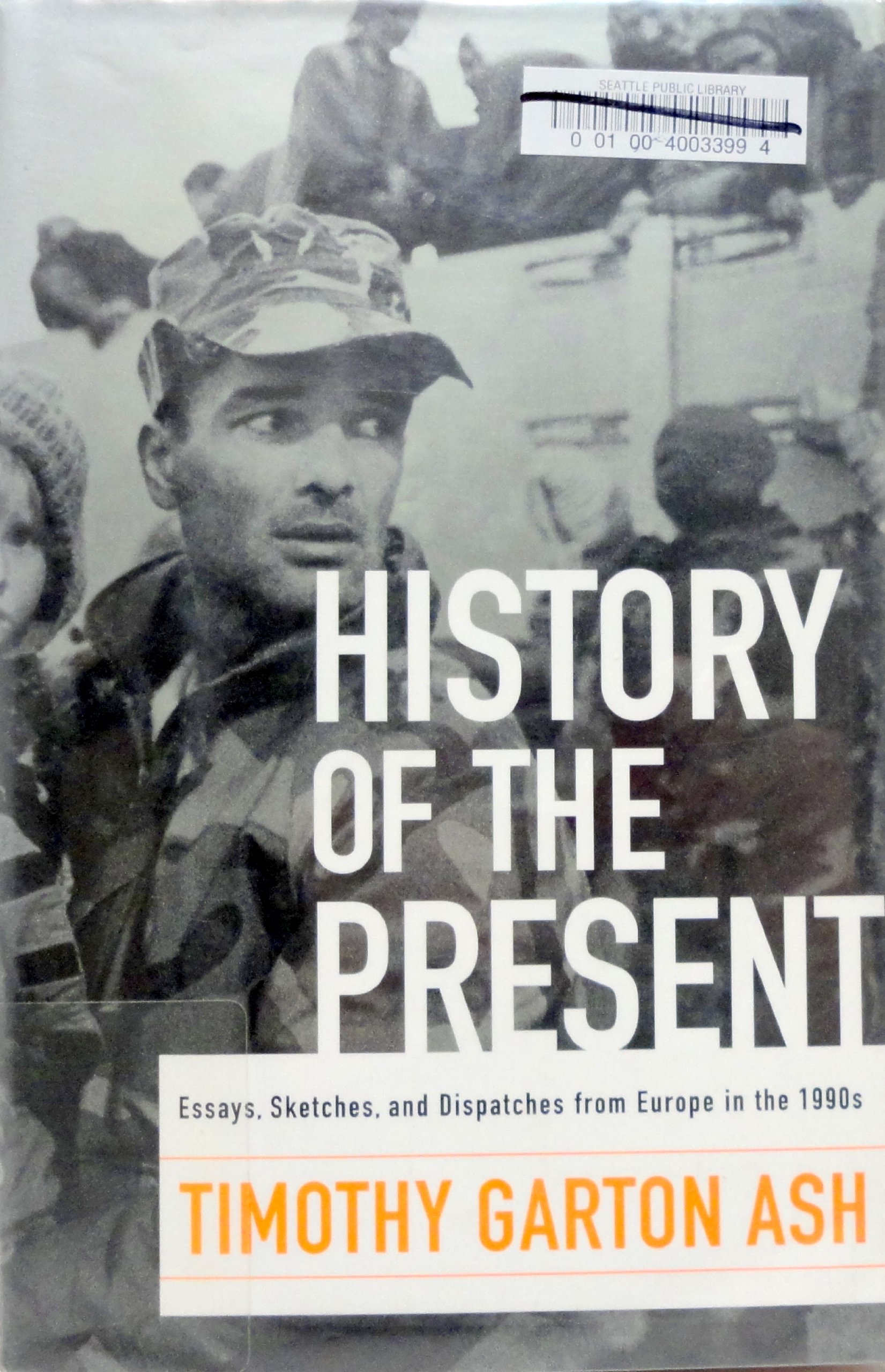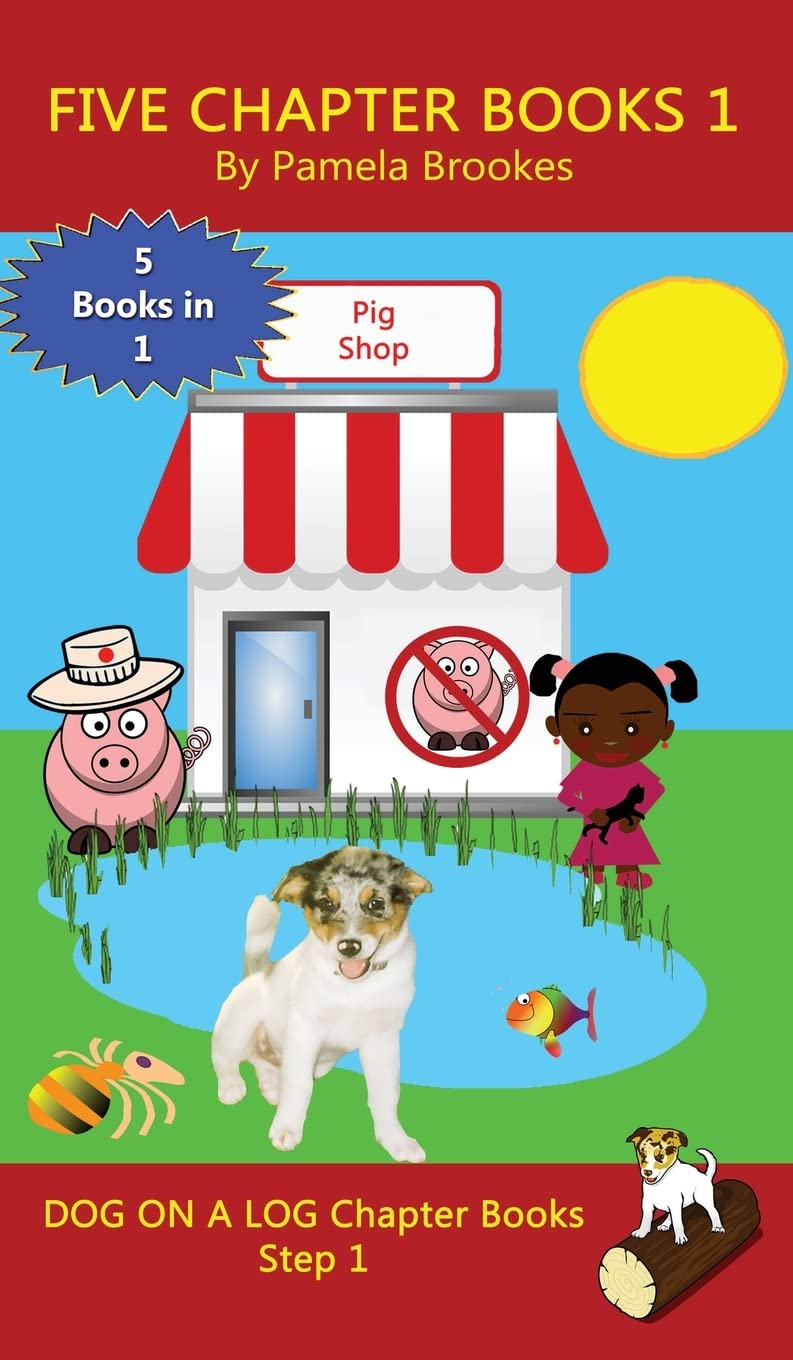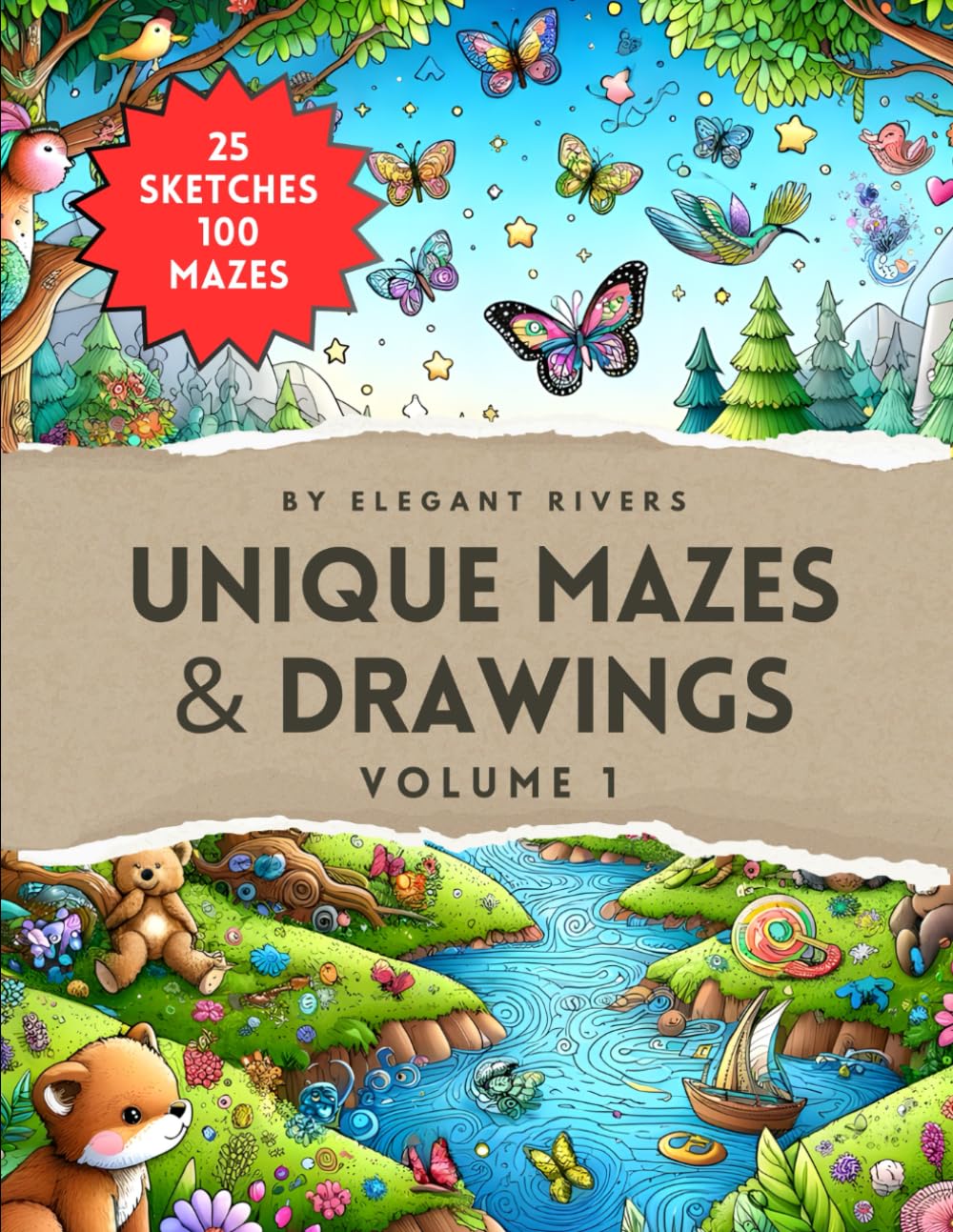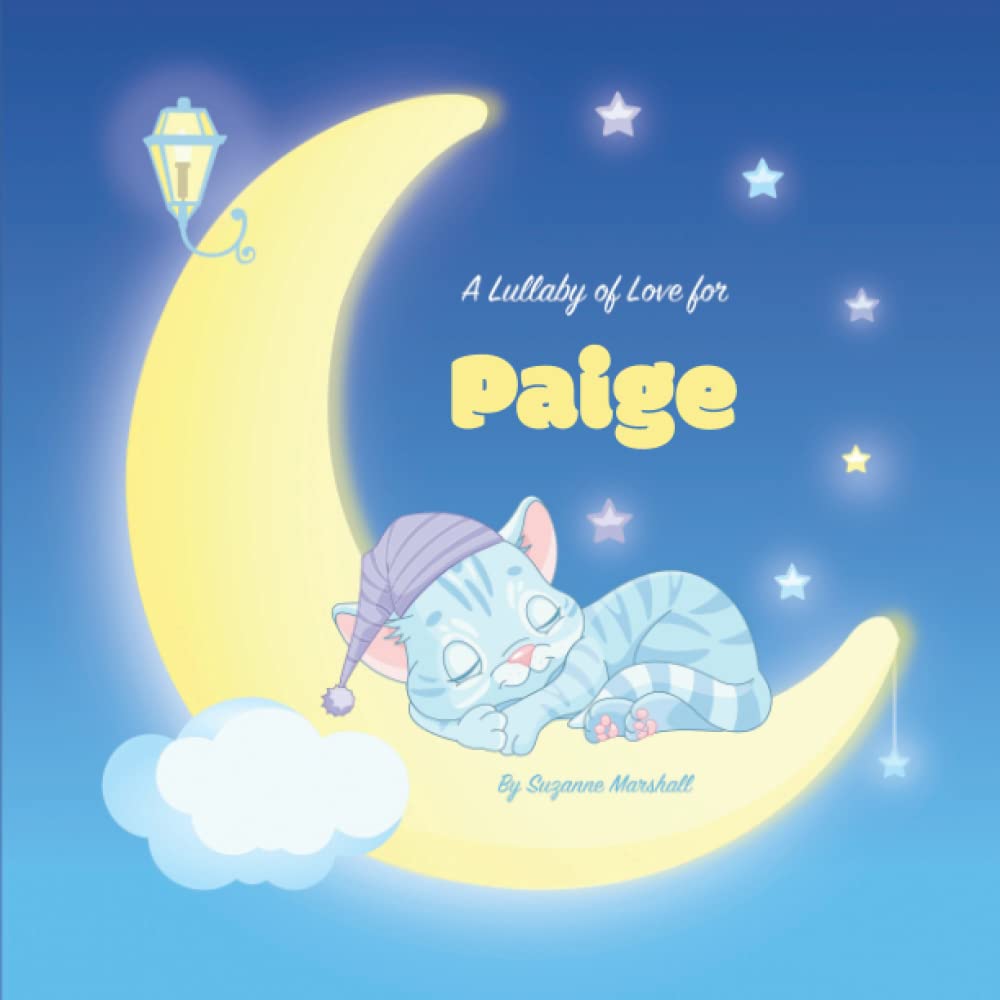The 1990s. An extraordinary decade in Europe. At its beginning, the old order collapsed along with the Berlin Wall. Everything seemed possible. Everyone hailed a brave new Europe. But no one knew what this new Europe would look like. Now we know. Most of Western Europe has launched into the unprecedented gamble of monetary union, though Britain stands aside. Germany, peacefully united, with its capital in Berlin, is again the most powerful country in Europe. The Central Europeans—Poles, Czechs, Hungarians—have made successful transitions from communism to capitalism and have joined NATO. But farther east and south, in the territories of the former Soviet Union and the former Yugoslavia, the continent has descended into a bloody swamp of poverty, corruption, criminality, war, and bestial atrocities such as we never thought would be seen again in Europe. Timothy Garton Ash chronicles this formative decade through a glittering collection of essays, sketches, and dispatches written as history was being made. He joins the East Germans for their decisive vote for unification and visits their former leader in prison. He accompanies the Poles on their roller-coaster ride from dictatorship to democracy. He uncovers the motives for monetary union in Paris and Bonn. He walks in mass demonstrations in Belgrade and travels through the killing fields of Kosovo. Occasionally, he even becomes an actor in a drama he describes: debating Germany with Margaret Thatcher or the role of the intellectual with Václav Havel in Prague. Ranging from Vienna to Saint Petersburg, from Britain to Ruthenia, Garton Ash reflects on how "the single great conflict" of the cold war has been replaced by many smaller ones. And he asks what part the United States still has to play. Sometimes he takes an eagle's-eye view, considering the present attempt to unite Europe against the background of a thousand years of such efforts. But often he swoops to seize one telling human story: that of a wiry old farmer in Croatia, a newspaper editor in Warsaw, or a bitter, beautiful survivor from Sarajevo. His eye is sharp and ironic but always compassionate. History of the Present continues the work that Garton Ash began with his trilogy of books about Central Europe in the 1980s, combining the crafts of journalism and history. In his Introduction, he argues that we should not wait until the archives are opened before starting to write the history of our own times. Then he shows how it can be done. In the 1980s, Timothy Garton Ash was a respected Central Europe reporter, his books The Magic Lantern , The Uses of Adversity , and The Polish Revolution required reading on the area, still very much a specialized field. In the 1990s, Europe's supposed margins forced their way center stage, and everyone wants to know-- needs to know--about Lech Walesa's fall from power in Poland, why Czechoslovakia and Yugoslavia crumbled into pieces, about Bosnia and Kosovo, where Russia is going. These are the stories that fill our front pages at the turn of the millennium, and dominate discussions in Brussels and beyond. History of the Present is a series of 29 essays, sketches, and dispatches filed during the 1990s, its title coined by George Kennan in an attempt to capture the uniqueness of Garton Ash's work--journalistically contemporary and yet with a sense of historical perspective usually found only with that handily sure-footed guide, hindsight. Some of the pieces are now "outdated" in a narrow news sense, but all the more valuable for that--history-with-hindsight will inevitably iron out all the telling creases that Garton Ash records. What he produces is, in his own word, a "kaleidoscope" that eludes crass summary, but even so, he concludes with some wise words on what Europe might now mean at the end of the decade. We should all read this book. --Alan Stewart, Amazon.co.uk Garton Ash (The Uses of Adversity) has been commenting on the upheavals in Europe during the last decade in an essay form that gives this collection its title. He defines "history of the present" as a fusion of journalism and historical writing, combining direct observation of recent events with reflection on their historical context and import. The essays in this collection appeared mostly in the New York Review of Books and deal with events that the author witnessed such as the East German vote for reunification or the tragedy of Kosovo. Throughout, a detailed chronology of events in both Eastern and Western Europe frames the essays to maintain their chronological order and establish points of reference. Topics range widely, from the European Union and the single currency integration to Poland, the former Czechoslovakia, and troubles in the former Yugoslavia. This collection will appeal to informed lay readers.DMarcia L. Sprules, Council on Foreign Relations Lib., New York Copyright 2000 Reed Business Information, Inc. History professor Ash has on his mind the changing face













